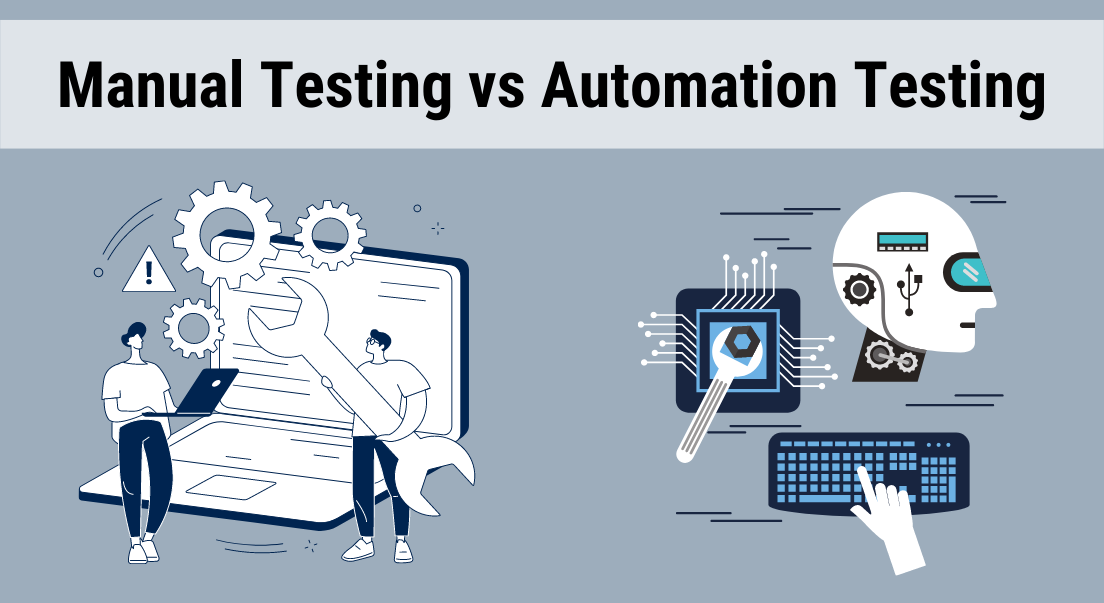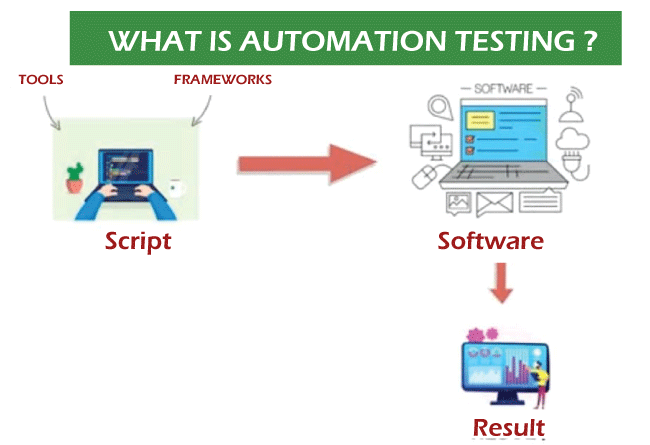The Relevance of Automation Testing in Agile Growth Settings
Making Certain Success in Automation Evaluating: Key Metrics, Difficulties, and Solutions Every QA Group Ought To Know
In the realm of software program top quality guarantee, the landscape of automation screening is ever-evolving, requiring a meticulous strategy to guarantee seamless operations. The trip to understanding automation screening is paved with nuances that call for an eager eye for tracking, analysis, and continuous enhancement. As the sector propels forward, the pursuit for ideal performance in automation testing continues to be a constant search, prompting QA teams to furnish themselves with the knowledge and strategies necessary for accomplishment.
Value of Secret Metrics
Understanding the relevance of crucial metrics is vital for reviewing the efficiency and efficiency of automation testing procedures. Key metrics act as measurable procedures that offer valuable understandings into various elements of the testing procedure, such as examination insurance coverage, test implementation time, flaw density, and examination situation efficiency. By examining these metrics, QA teams can identify bottlenecks, inefficiencies, and locations for improvement within their automation screening framework.
One vital aspect of essential metrics is their ability to track progression and keep track of the total health of the screening process (automation testing). They make it possible for stakeholders to make educated choices based on data-driven insights, which can bring about much more reliable testing methods and far better resource allowance. Additionally, crucial metrics can assist groups established reasonable objectives, gauge the success of automation initiatives, and show the ROI of automation screening initiatives

Usual Obstacles Dealt With
Obstacles commonly experienced in automation screening procedures can significantly affect the total effectiveness and performance of QA groups. Automation screening might not cover all aspects of screening, such as usability and user experience testing, which still call for hand-operated treatment. Getting over these challenges requires proper preparation, strategic test situation choice, robust maintenance procedures, appropriate sources, and a clear understanding of the restrictions of automation testing.
Reliable Solutions for Difficulties
To attend to the challenges come across in automation testing, applying reliable options is vital for enhancing the performance and performance of QA teams. One key solution is to buy durable training programs for QA teams to guarantee they have the needed skills to effectively make use of automation tools. Training can bridge knowledge voids, enhance understanding of automation structures, and improve scripting capabilities, inevitably causing much more reliable test creation and implementation.
Another crucial service is to develop clear communication networks within the QA team and with various other stakeholders, such as developers and task managers. Effective interaction helps in lining up expectations, sharing development updates, and quickly addressing concerns or barricades that may develop during the automation testing procedure.

Tracking and Analysis Strategies
Applying efficient monitoring and evaluation strategies is crucial for ensuring the success and performance of automation testing procedures. By using monitoring devices, QA groups can track the efficiency of examination scripts, recognize bottlenecks, and pinpoint locations for enhancement. Real-time monitoring enables quick detection of issues, enabling fast reaction and resolution. In addition, examining examination results and metrics supplies important understandings into the top quality of the software application being tested and the efficiency of the testing method.
One secret strategy in monitoring and analysis is using control panels that consolidate pertinent metrics and KPIs in a visually easily accessible format. These dashboards use an extensive introduction of examination implementation status, test insurance coverage, problem patterns, and various other critical information. Consistently reviewing and view publisher site evaluating these control panels can help QA teams make informed decisions, prioritize tasks, and maximize screening initiatives.
Furthermore, implementing automated signals and notices based upon predefined thresholds can enhance aggressive monitoring and prompt treatment. By setting up notifies for performance variances or examination failures, teams can deal with issues promptly and prevent them from intensifying. Generally, tracking and analysis techniques play a vital role in ensuring the performance and success of automation screening efforts.
Continual Enhancement Methods
Enhancing the efficiency of automation testing procedures requires the consistent improvement of techniques and approaches. One essential approach to improving automation screening processes is to carry out normal evaluations and retrospectives.

Final Thought
In conclusion, it is important for QA teams to recognize the vital metrics, difficulties, and solutions in automation screening to guarantee success. By thoroughly checking and examining data, applying efficient services to usual difficulties, and continually enhancing strategies, QA groups can optimize their screening processes and supply high-grade software. Complying with these methods will ultimately cause much more effective and efficient automation screening techniques.
By analyzing these metrics, QA teams can recognize bottlenecks, ineffectiveness, and areas for enhancement within their automation screening structure.
Additionally, crucial metrics can aid teams set sensible goals, gauge the success of automation campaigns, and demonstrate the ROI of automation testing efforts.
Obstacles commonly experienced in automation screening procedures can considerably influence the general performance and effectiveness of QA teams. Automation testing may not cover all elements of screening, such as usability and individual experience screening, which still require hands-on treatment.In verdict, it is essential for QA teams to comprehend the crucial metrics, obstacles, and solutions in navigate to this site automation testing to ensure success.